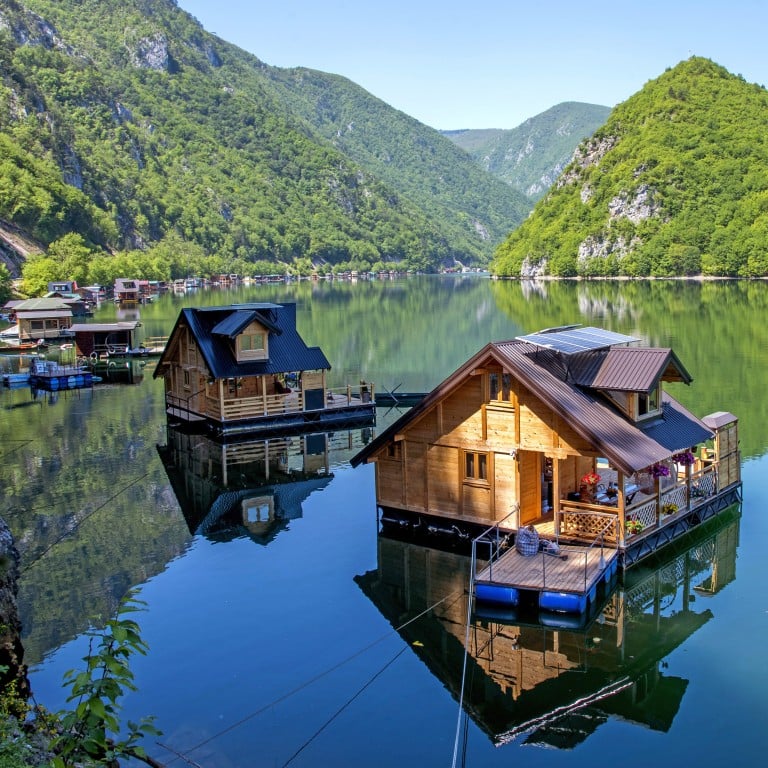
From Transylvania via Sarajevo and Dubrovnik to Albania – like Greece in the 1980s – Gothic churches, Baroque palaces, sleepy towns and unpolished gems
- Gothic churches, Baroque palaces, stunning lakes and mountains, medieval bridges – and hardly a tourist in sight … until you get to visitor magnet Dubrovnik
- There’s a lot to see on a scenic journey through the Balkans, whose people have mostly put the wars of the 1990s behind them even as conflict rages in Ukraine
Cluj Napoca is my kind of place.
Romania’s second city was shortlisted for the title of European Capital of Culture, 2021, but when the bid failed, the organising committee decided to go ahead and implement the programme of events it had prepared anyway. Projects covered contemporary art, well-being, cultural and artistic education, urban regeneration and social inclusion, among other things.
A guided walking tour is a great way to get acquainted with the Transylvanian city and its soothing fusion of architectural styles. You’ll stumble upon Gothic churches, Baroque palaces, art nouveau buildings and medieval walls.
One landmark that doesn’t feature on any tour, however, is the border with Ukraine, a couple of hours to the north.
Eastern Europe in August: six crowd-free high-season holiday spots
“The elderly are the ones I feel sorry for,” she says. “They all look so bewildered.”
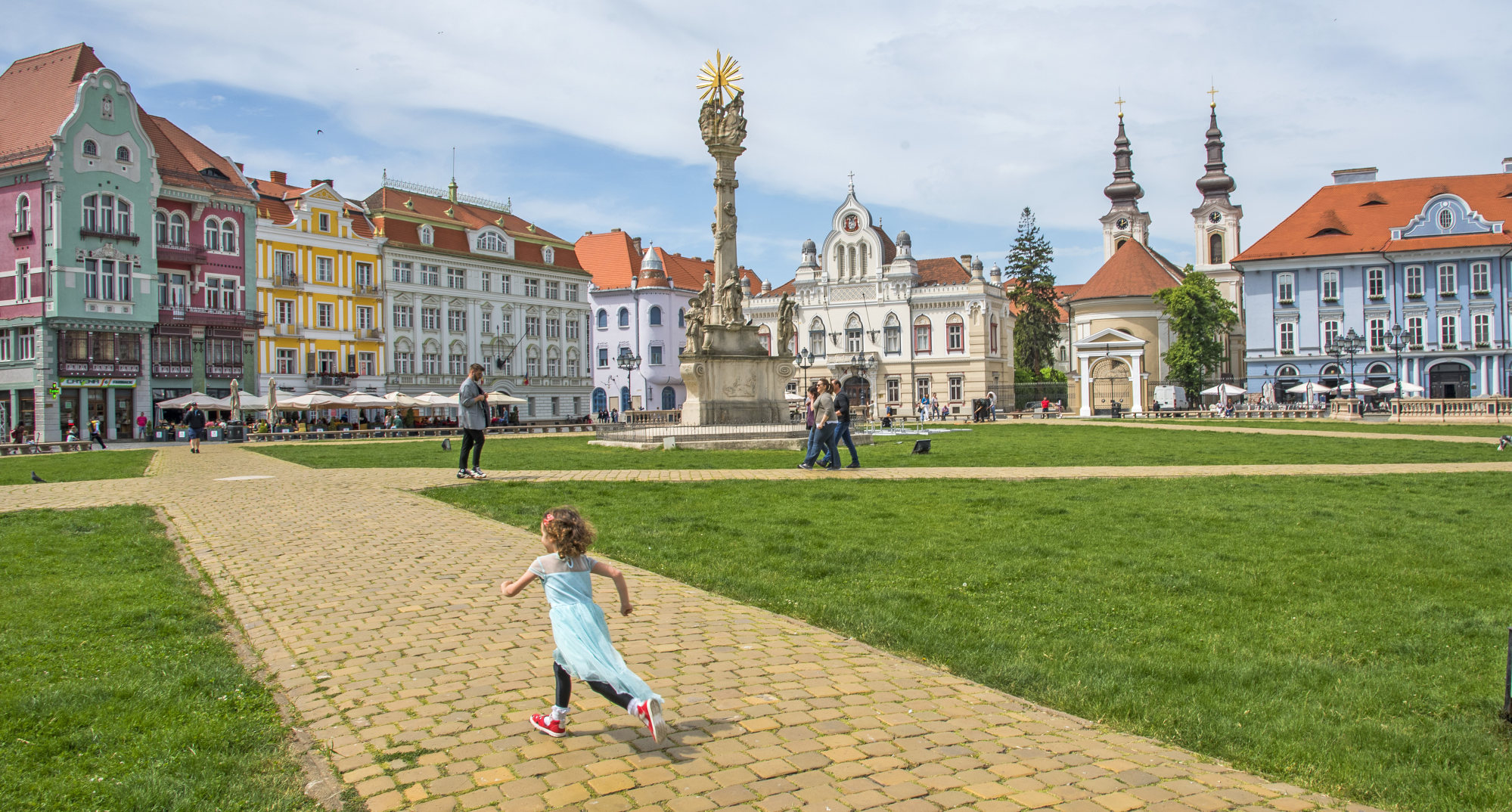
I am also boarding a train westward, but break my journey for lunch in handsome Timisoara. Goulash is on the menu – a reminder that Hungary is a short drive away.
Little Vienna, as the city is nicknamed, due to a number of buildings that date from the Austrian Empire era (1804-67), was chosen as European Capital of Culture for 2023, which must rankle with the citizens of Cluj Napoca.
Those citizens would have been even more irked when Serbia’s Novi Sad, my next stop, was chosen as European Capital of Culture for 2022. The title is bestowed by the European Union, of which Serbia isn’t even a member.
Three ships dock for 12 hours most days and the old town is packed. But no one buys anything and they all return to their ship for meals.
Novi Sad is known for its annual EXIT Festival, one of the largest musical events in Europe. The summer shindig takes place inside the ramparts of the Petrovaradin Fortress, a brooding military stronghold overlooking the Danube River.
About 200,000 revellers attended this year’s festival, held in early July.
A short bus ride away, Sremski Karlovci is also located on the banks of the Danube.

Serbia’s most beautiful town boasts more imposing architecture than a settlement of its size ought to have. And if that’s not enough, Sremski is also renowned for its wine production – vineyard tours and tastings are easily arranged.
Just when I’ve decided I could live in Novi Sad, I remember that I have a lot more of the former Yugoslavia to explore, the rest of my journey to be taken on buses and minibuses, in the cars of friends of friends and the odd taxi.
On a summer’s day in 1968, Milija Mandic and his friends were swimming in the Drina River, at Bajina Basta. While sunbathing on a rock in the middle of the river, he suggested they build a simple wooden platform.
The students swam across with planks to lie on but when these were washed away, they began work on a small cabin.
The turbulent Drina has destroyed six river houses over the years but each time, a new, sturdier replacement has been built. Number seven is doing fine – at least for now.

The town of Bajina Basta has more to offer than a picturesque hut, however. Tara National Park is underrated – if its river canyons, emerald lakes and forested mountains were in a more accessible part of Europe, the place would be overrun.
Biljana, my Airbnb host, suggests I visit local beauty spot Lake Perucac.
“My husband would give you a lift but he’s gone hunting,” she says, making it sound like he’s just popped to the shop for some milk.
Mountains rear up out of the calm, clear depths and kayakers cause reflections to dance and dissipate in the sunshine. Tourist houseboats like larger versions of the Drina River House come with all the mod cons but appear to be empty.
Not for the first time, I’m struck by how untouristy Serbia is. I won’t tell anyone if you don’t.
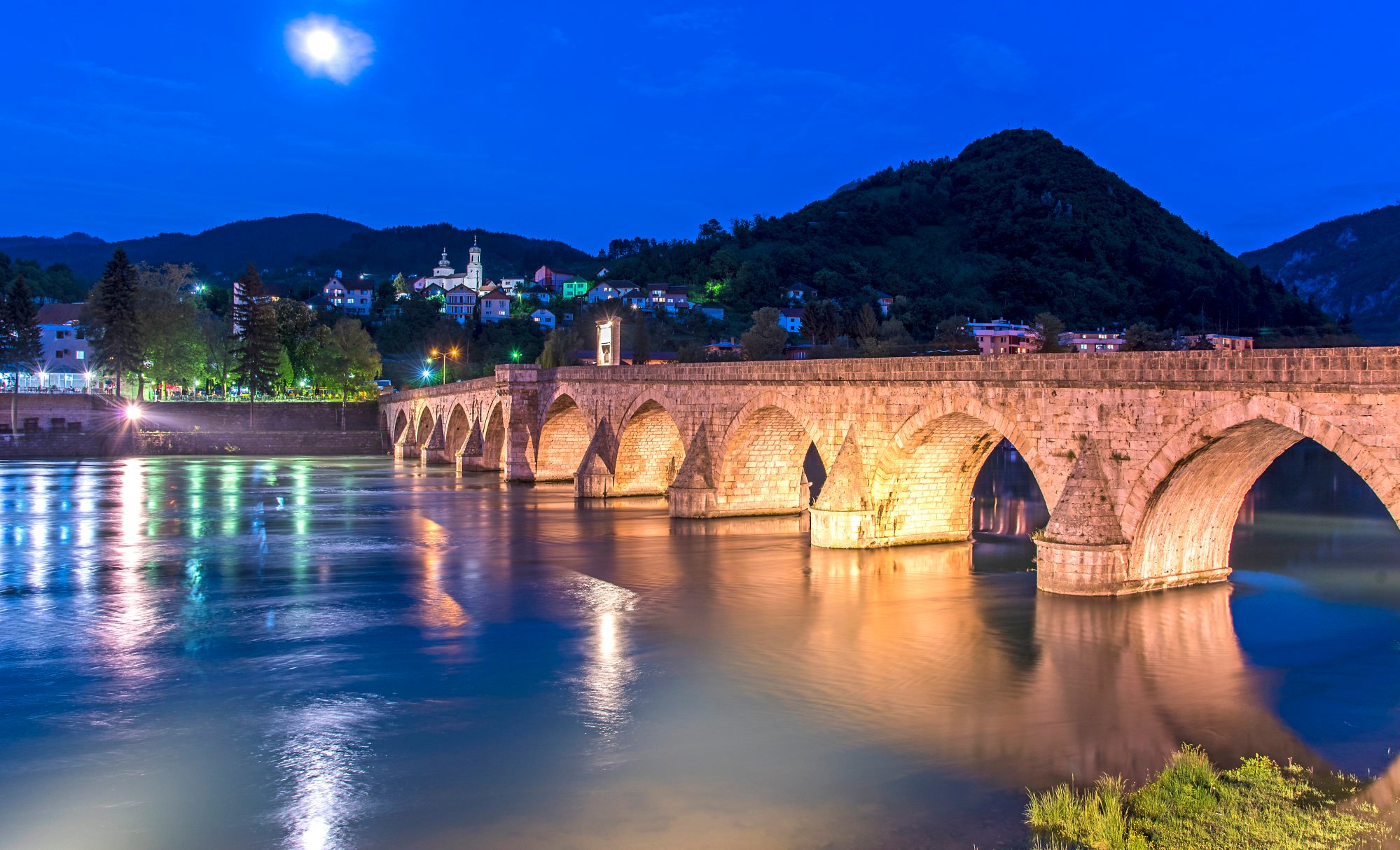
Bosnia and Herzegovina is hardly teeming with travellers, either. I break my journey in Višegrad, a sleepy town with a 16th century bridge spanning the ubiquitous Drina River.
According to some, I’m not actually in Bosnia yet. This is the Republic of Srpska, a self-governing entity populated by ethnic Serbs viewed as illegitimate by most Bosnians. The Yugoslav wars ripped the region apart in the early 1990s and attempts to untangle who did what to whom, and why, are still fraught with raw emotions and bitter recriminations.
One hundred and fifteen kilometres to the west is Sarajevo, which most definitely is in Bosnia.
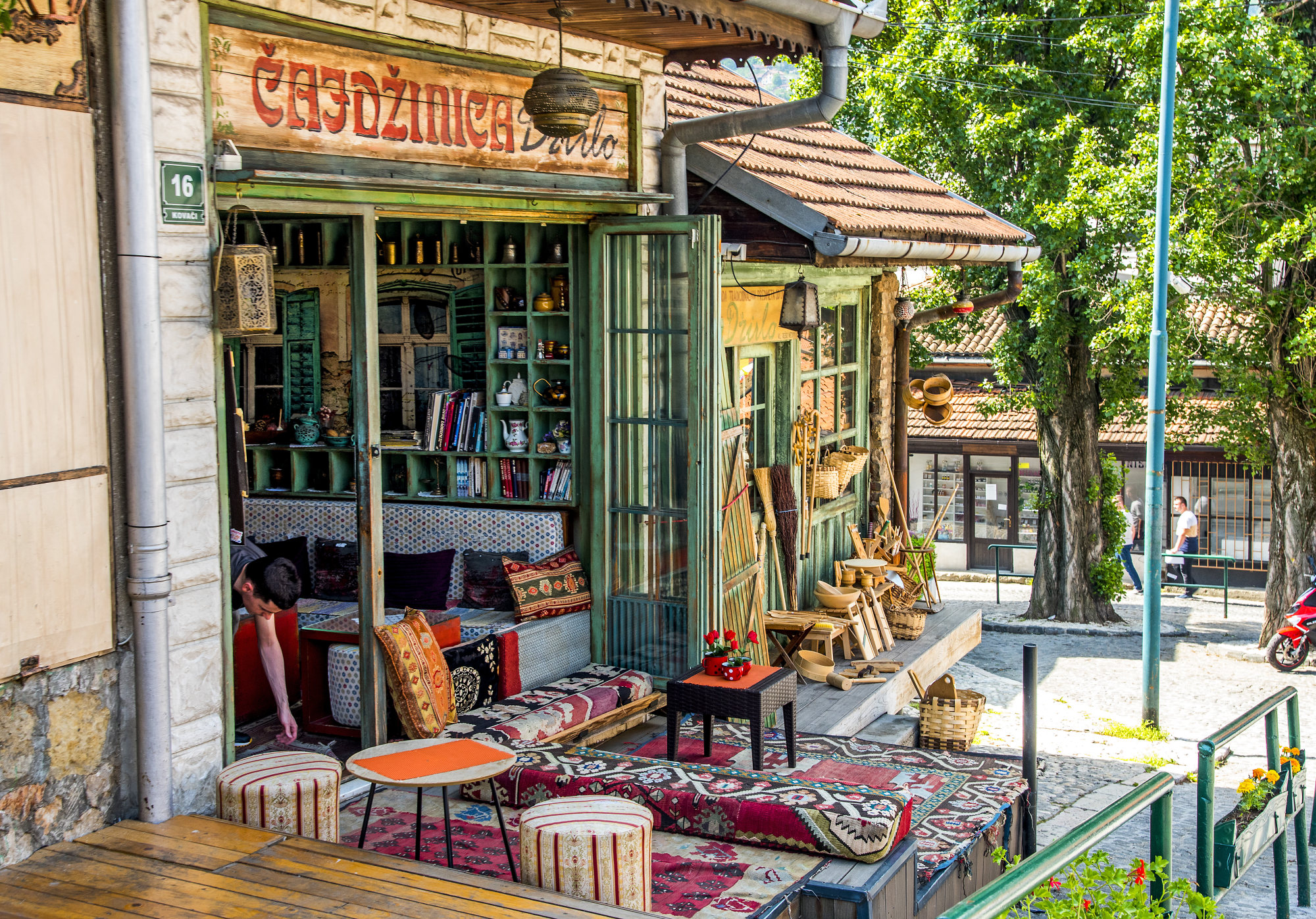
On the television in my hotel in the city, a war correspondent stands in front of a bombed-out residential building. He describes brutal clashes between enemy troops, indiscriminate shelling of population centres, the massacre of civilians, destruction beyond comprehension and accusations of war crimes.
He’s talking about Russia and Ukraine but could easily be describing scenes in Sarajevo 30 years ago, when the city was under siege.
Between 1992 and 1996, Serbian militia positioned in the surrounding hills targeted residents and infrastructure with rocket, mortar and sniper fire.
Sarajevans were shot on their balconies and in their living rooms. They were picked off as they scurried along city streets, as they boarded trams and even at funerals.
Times change, though, and the Bosnian capital has moved on. Tourists gravitate to Baščaršija, Sarajevo’s old bazaar, to shop for trinkets, sip coffee and ponder how to pronounce Baščaršija.

I met Admir Delic here in 2012. The fearless local earned a living from visitors who paid to watch him and his friends dive into the chilly waters of the Neretva River, 25 metres below.
Admir and his wife, Vanesa, are still around, although an injury means he jumps rather than dives these days.
Another country, another Balkan war siege. The mesmerising medieval city of Dubrovnik suffered severe damage during a seven-month stand-off at the height of the Croatian war of independence, in 1991, before capitulating to the onslaught of international tourism.
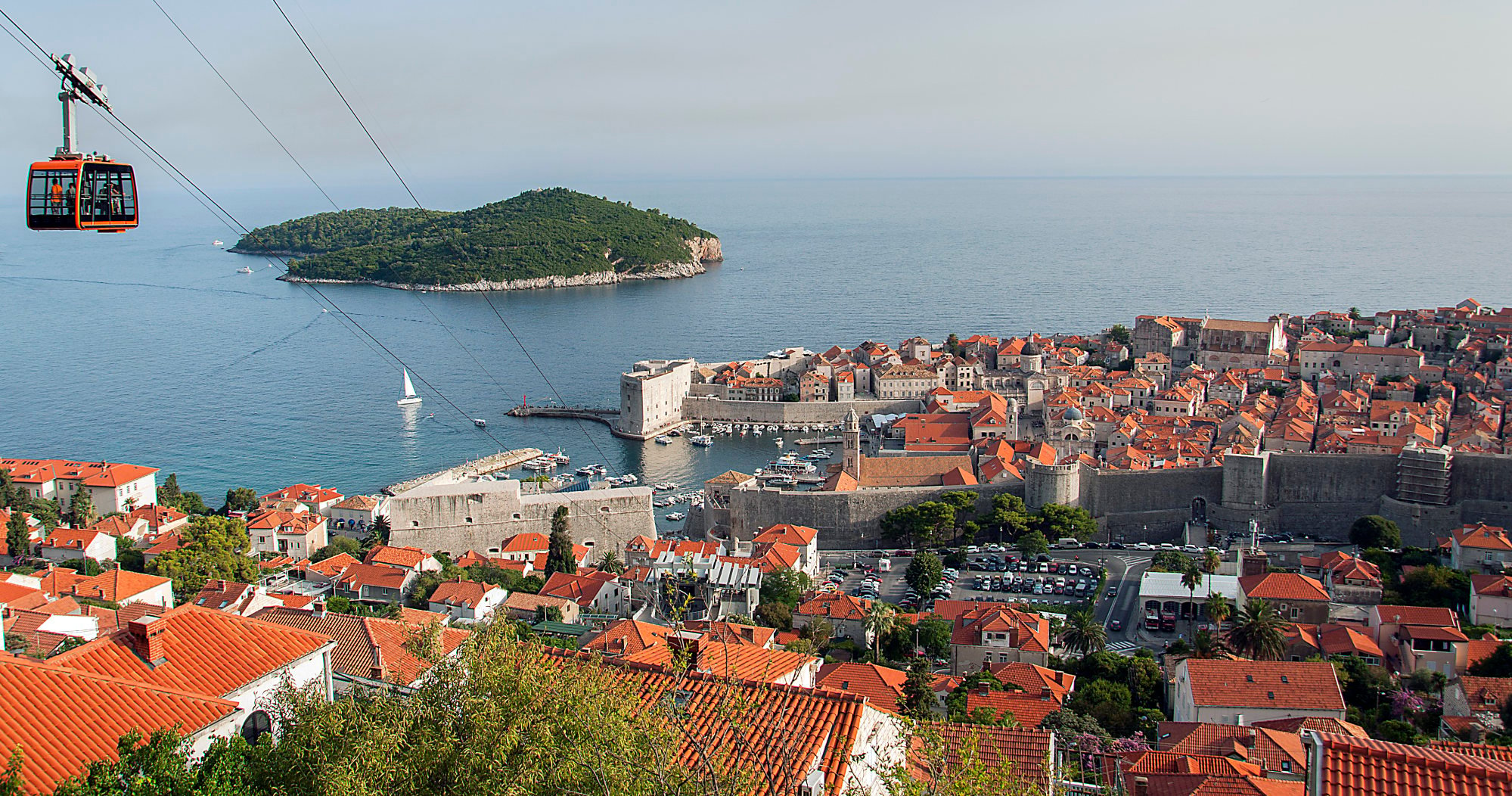
Dragan Gogov is waiting for me at Kotor bus station, just as he was a decade ago. My host drives me to his humble homestay, which comes with jaw-dropping views of the fjord-like Bay of Kotor.
In 2013, I arrived without a room reservation in the middle of a summer carnival. Vacancies were non-existent in the medieval old town but Gogov offered me a sofa in his hillside home.
It’s good to be back and I’m relieved things are quieter. I’m also relieved to be shown a room with a bed this time.
Gogov grabs two beers from the fridge and we’re soon delving back into a topic from my previous visit.
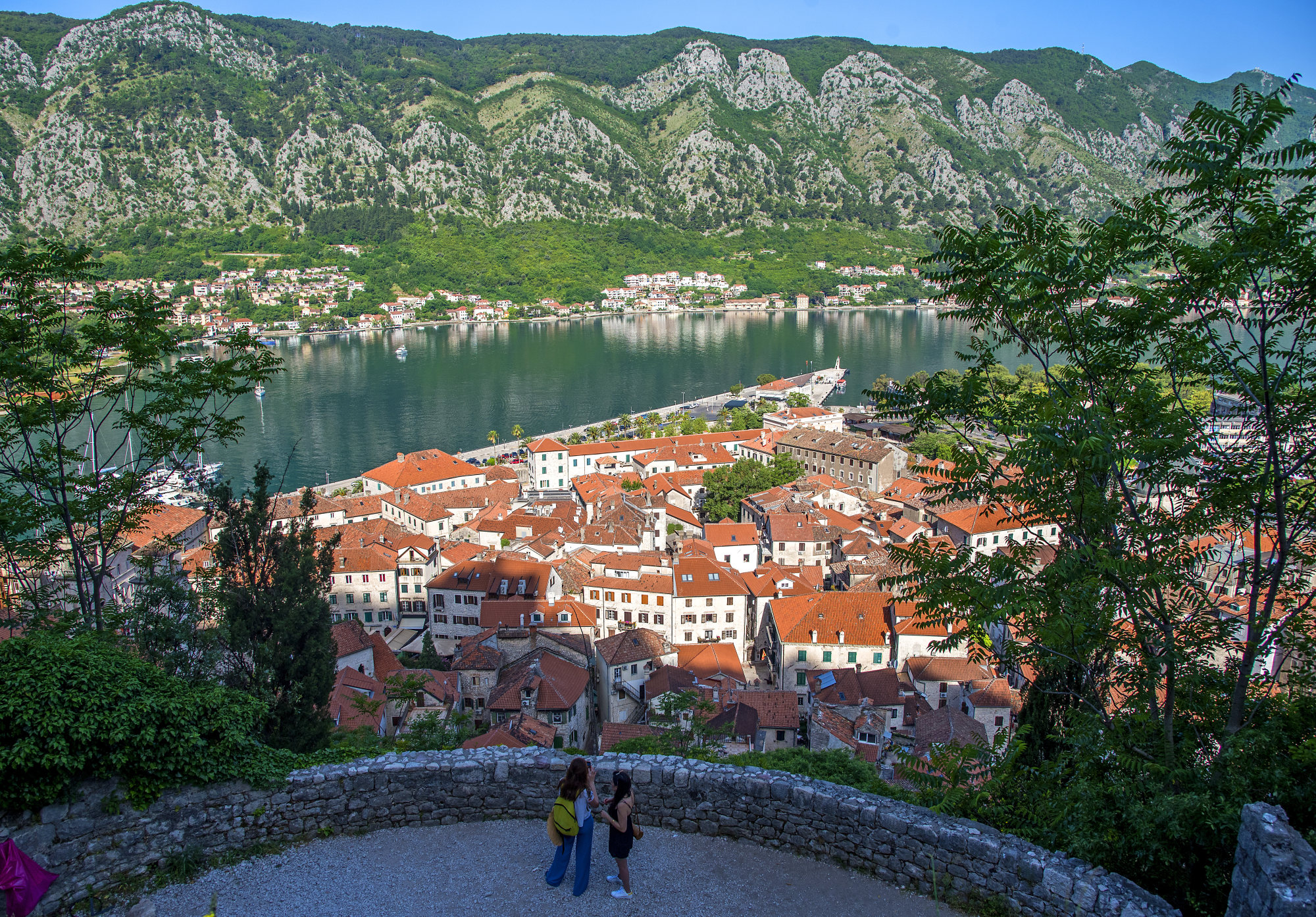
Kotor is the third busiest Mediterranean cruise ship port, behind Venice and Dubrovnik, but my Balkan buddy is concerned that passengers contribute little to the local economy.
“Three ships dock for 12 hours most days and the old town is packed,” he says. “But no one buys anything and they all return to their ship for meals.”
My final destination is Greece – or more accurately, Albania, which has been described as being “like Greece in the 1970s”.
I take a minibus to the capital, Tirana, then continue to another town I’ve been to before. Gjirokaster is an unpolished gem of winding streets flanked by two-storey houses, an Ottoman-era bazaar and 12th century castle.
On a previous visit, I described the hilly settlement as “on the cusp of being discovered”. There are certainly signs of development but the City of a Thousand Steps hasn’t lost its soul. It’s now Greece in about the 1980s, I’d say.

At Alma Souvenirs, I show the owner a photo I took of a woman in front of the shop. Alma makes a phone call and two minutes later, the woman appears.
“Is that me?” she asks. “I can’t believe I used to wear a dress like that. Can you delete the photo please?”

